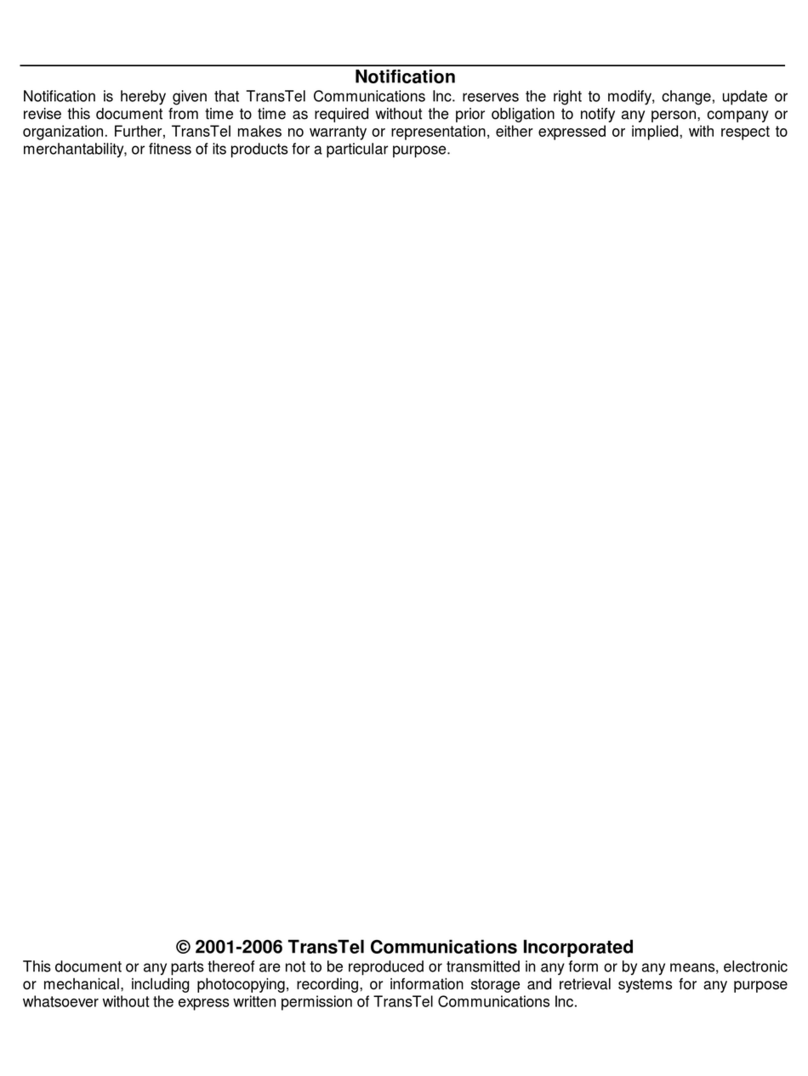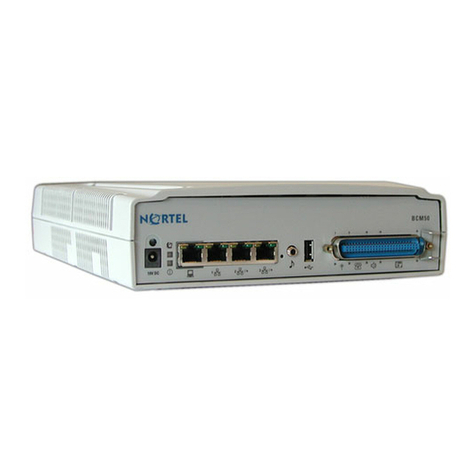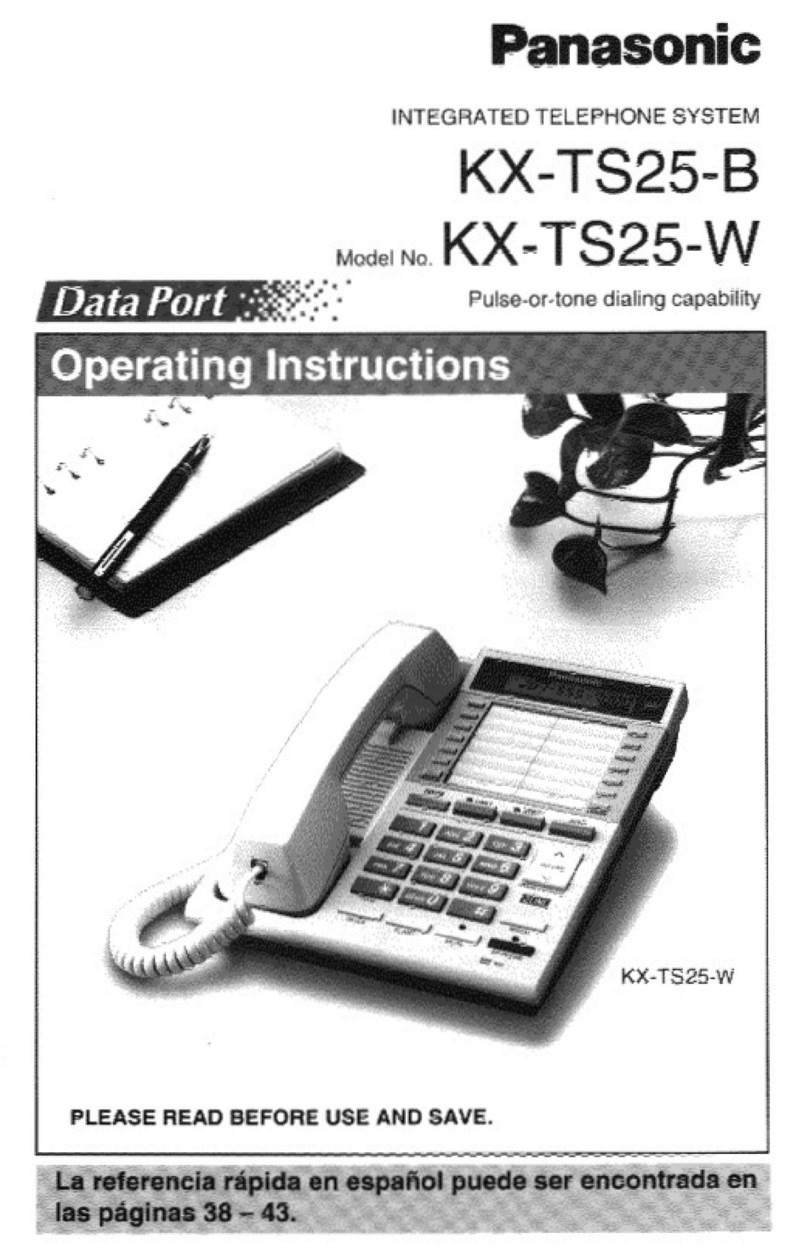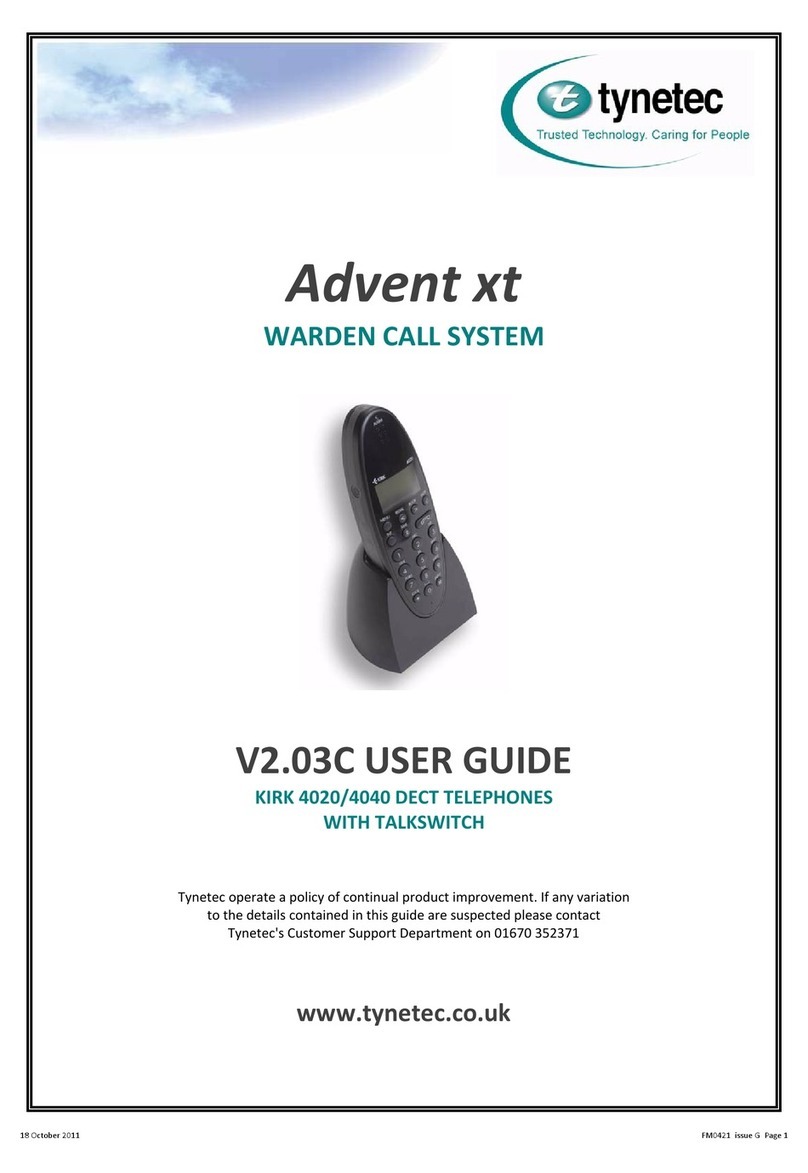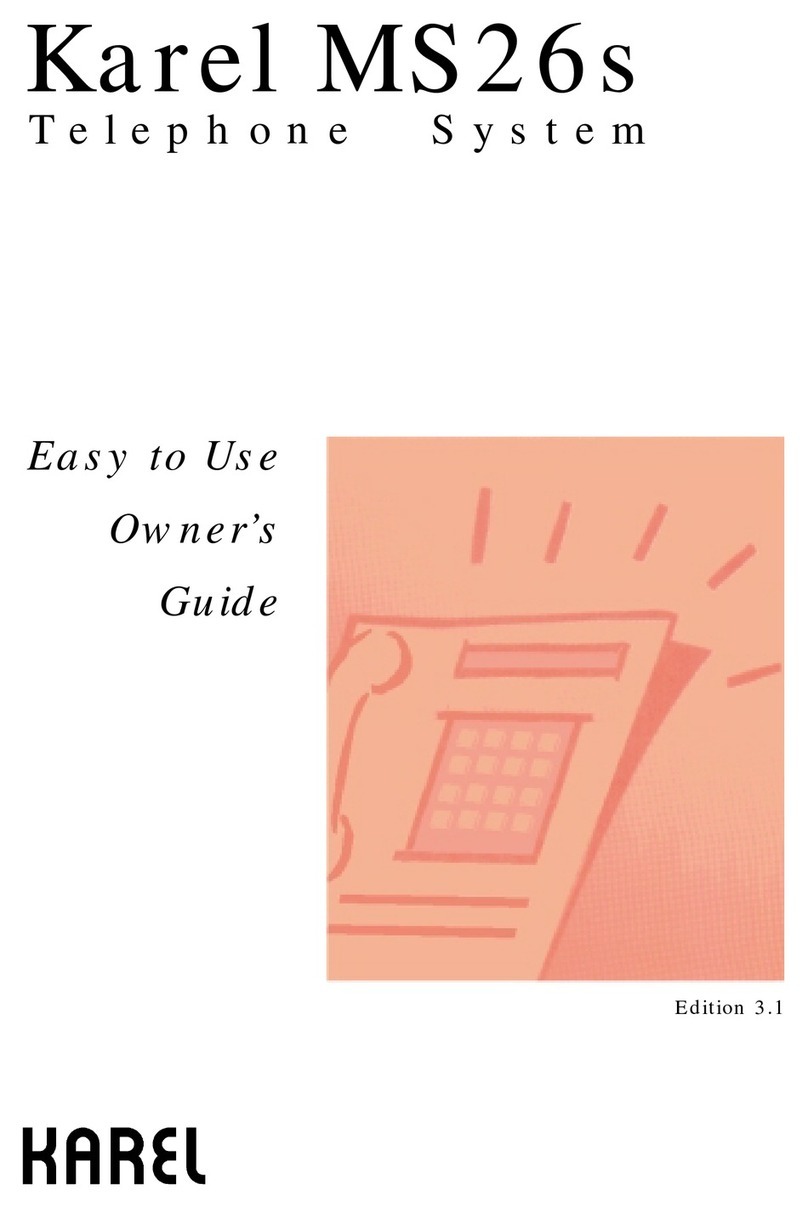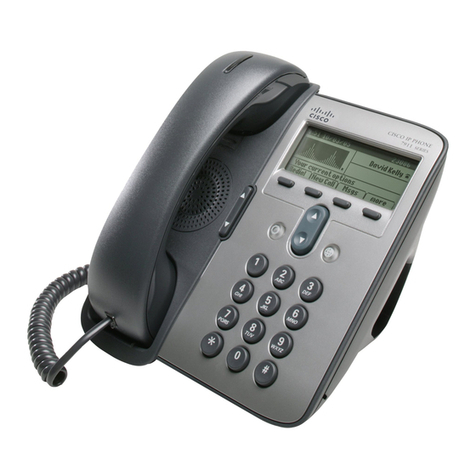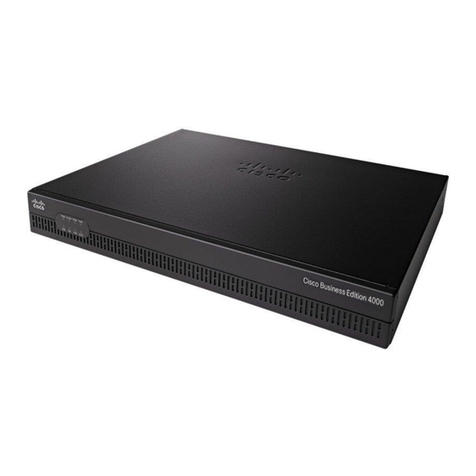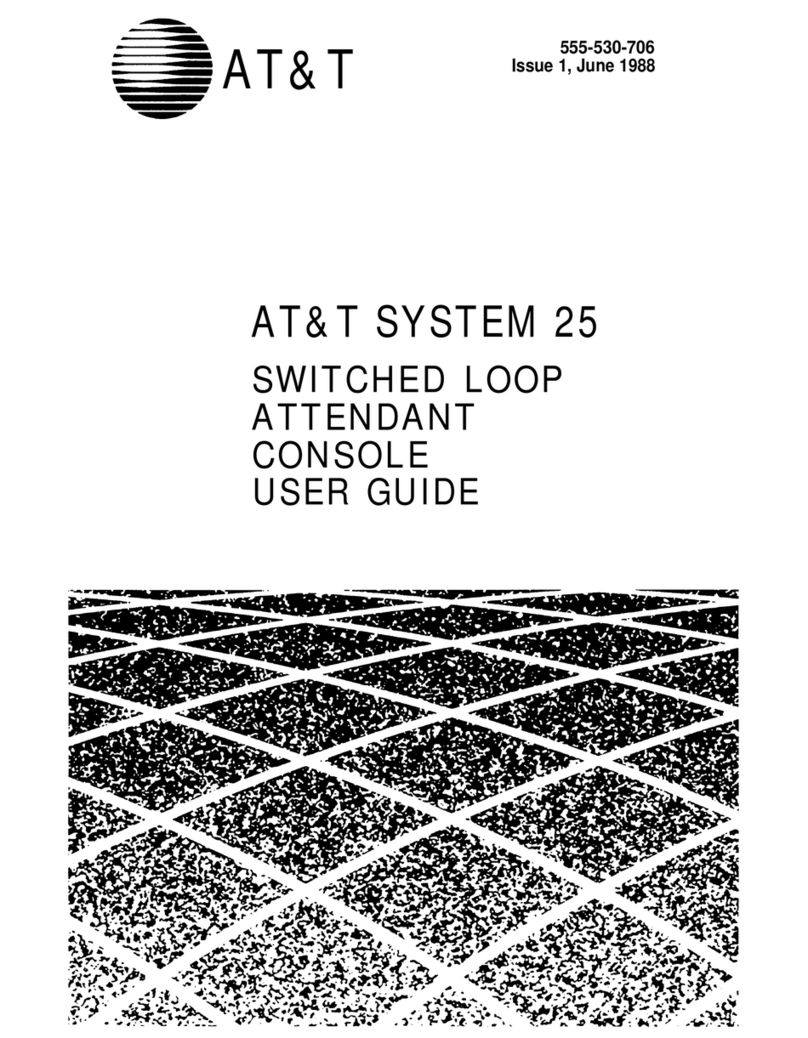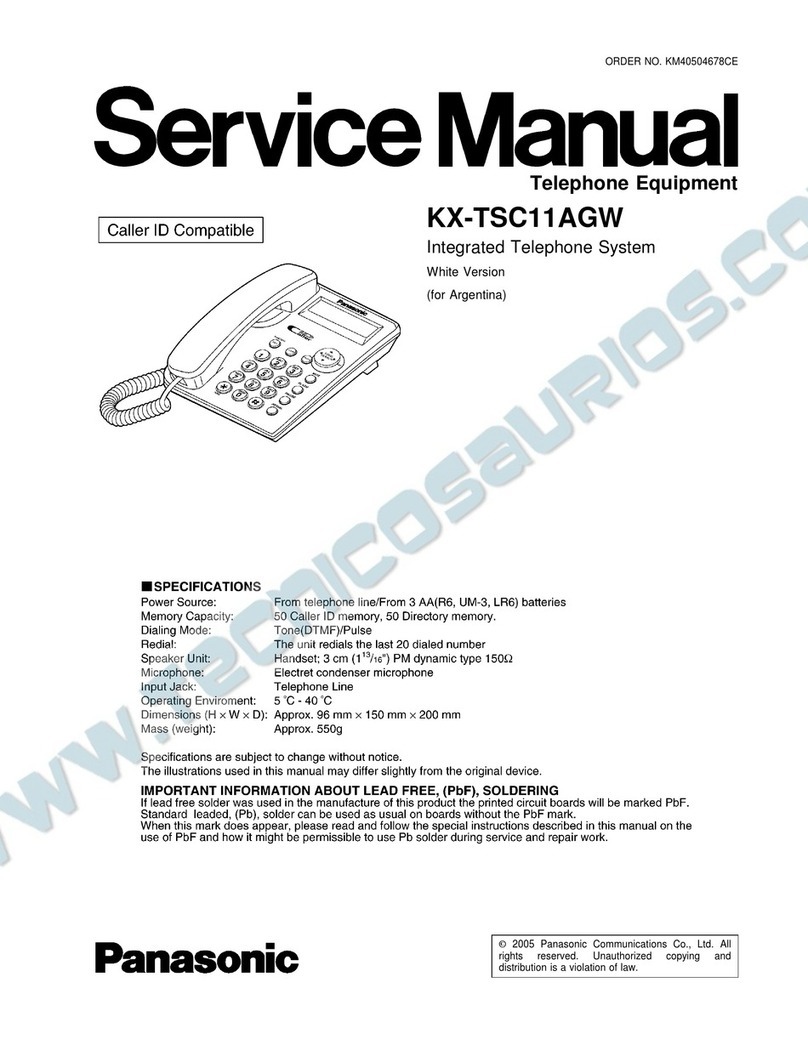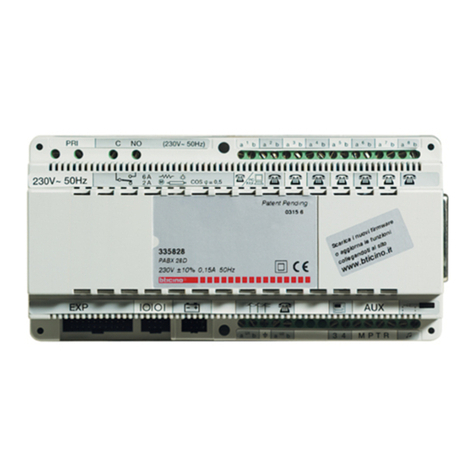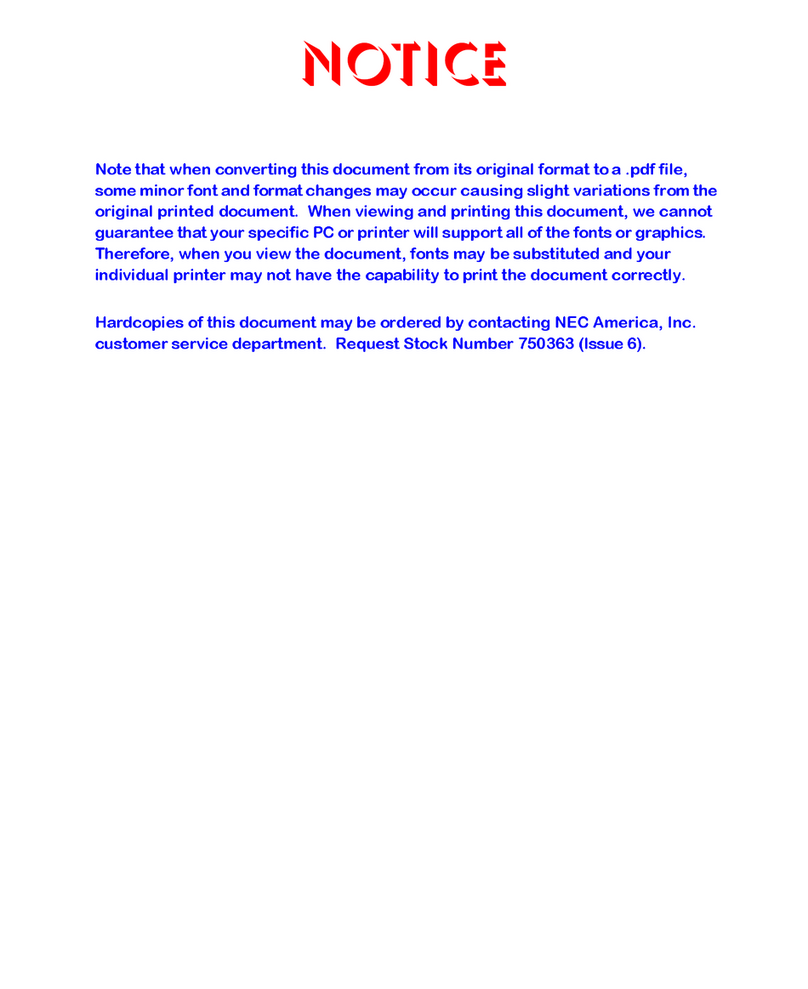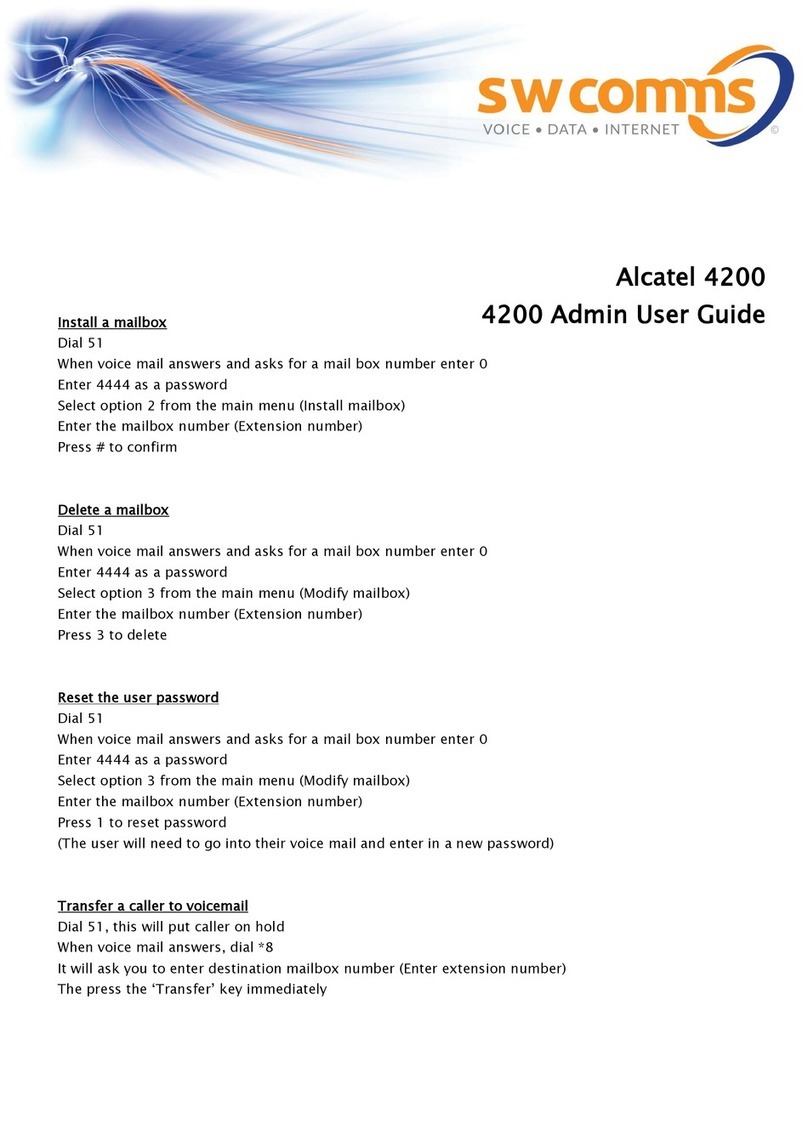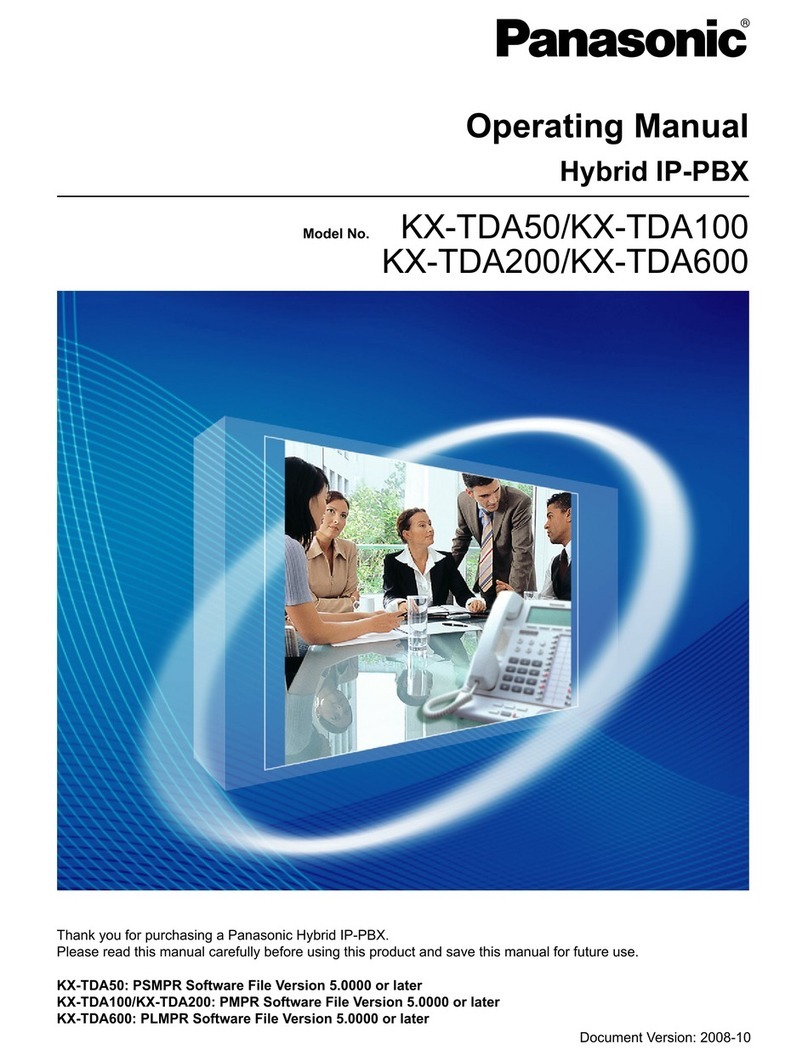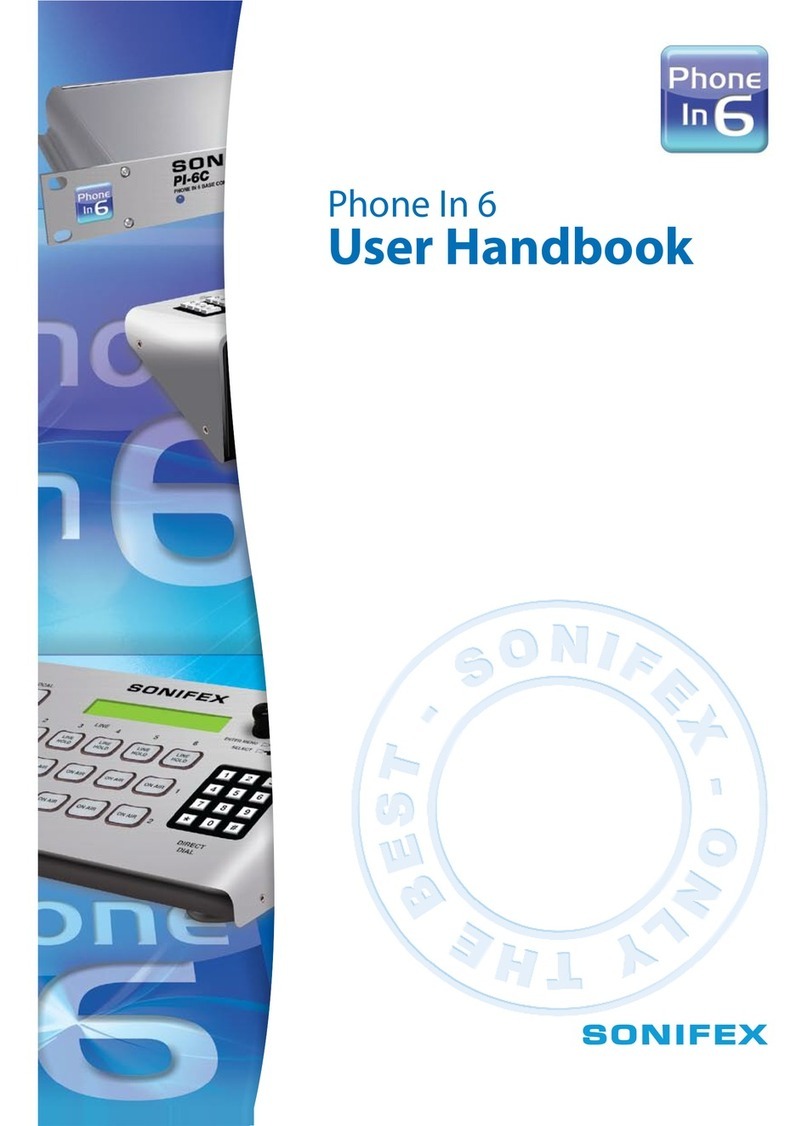
Welcome
Optional Equipment and Services
Cisco Unified Communications UC320W Administration Guide 10
1
•Power adapters for the phones, as needed. Cisco SPA300 Series phones
always require power adapters. Cisco SPA500 Series phones can receive
power from a Power over Ethernet switch.
•Ethernet cables to connect IP phones and computers.
•For wireless operation, securely connect the antennas to the base unit.
Signal loss can result if an antenna is not seated properly.
•Internet service.
•Voice over IP service or analog phone service.
Optional Equipment and Services
•Secure router for Internet access: Cisco recommends using a secure router,
such as a Cisco SRP500 Series Services Ready Platform or a Cisco SA500
Series Security Appliance.
•Additional ports for IP phones and network devices: You can add ports by
connecting a Cisco ESW500 Series Power over Ethernet Switch to a LAN
port. Other switches may be used but may require configuration of VLAN
and QoS set tings ( Voic e VLAN 100, default voice VL AN subnet 10.1.1.1).
More information is available in the Cisco UC320W Smart Designs. Note: An
Ethernet hub is not recommended for use in a Voice over IP network.
•Additional ports for analog devices and analog phone lines: You can add up
to two Cisco SPA8800 IP telephony gateways with 4 FXO ports and 4 FXS
ports. All enabled FXS ports on the gateways count toward the 24-user
limit. Note: The built-in FXS port on the Cisco UC320W also can be
configured for a user and does not count toward the 24-user limit.
•ISDN BRI service: Install up to two Mediatrix 4400 Digital Gateways.
Connect the Cisco UC320W and the BRI gateways to a secure router such
as a Cisco SA500 Series Security Appliance. Application notes are
available with the Cisco UC320W technical documentation on cisco.com.
•Power cord retention kit: To prevent accidental removal of the power cord,
you can install the supplied power cord retention kit. Remove the screw
next to the power port. Connect the clamp to the power cord. Insert the
screw and install it onto the Cisco UC320W.
Note: For best results, install the latest firmware for any network devices, such as
routers and Ethernet switches, before proceeding.

